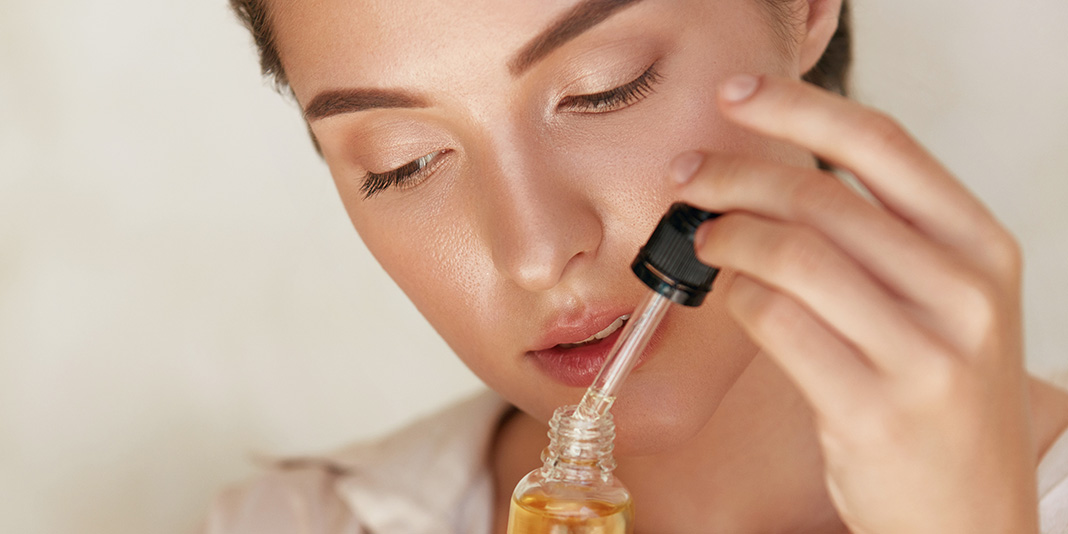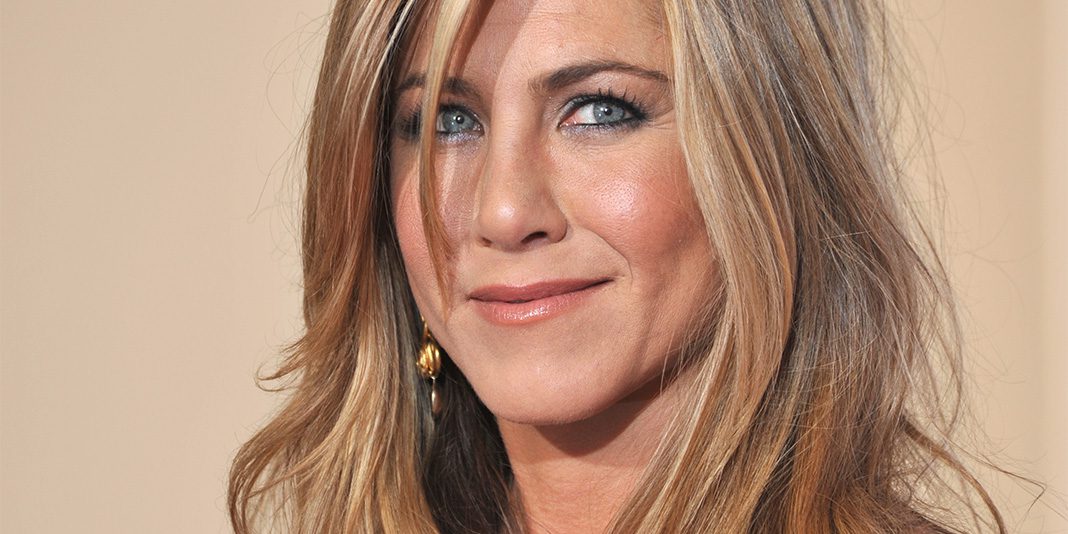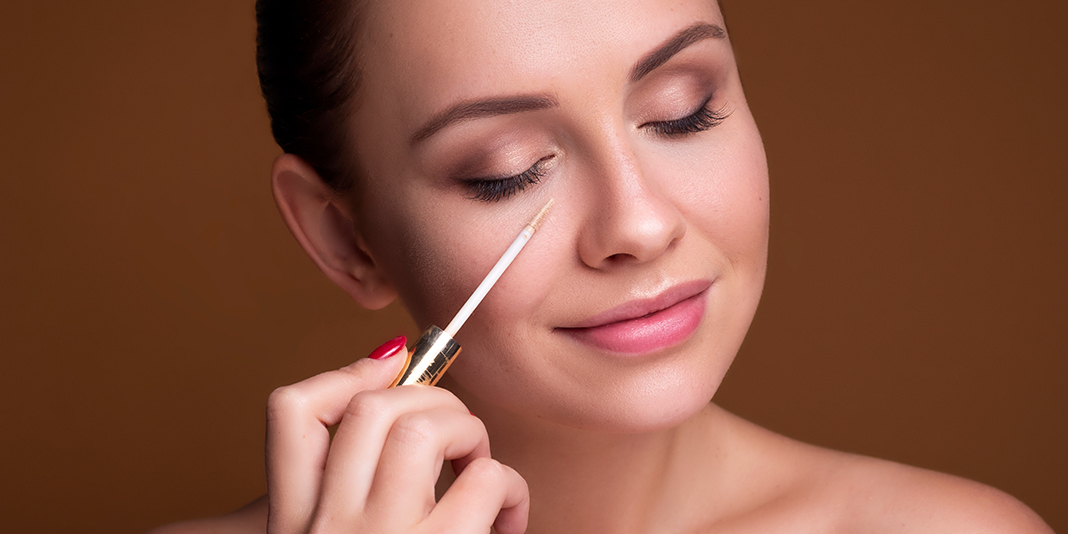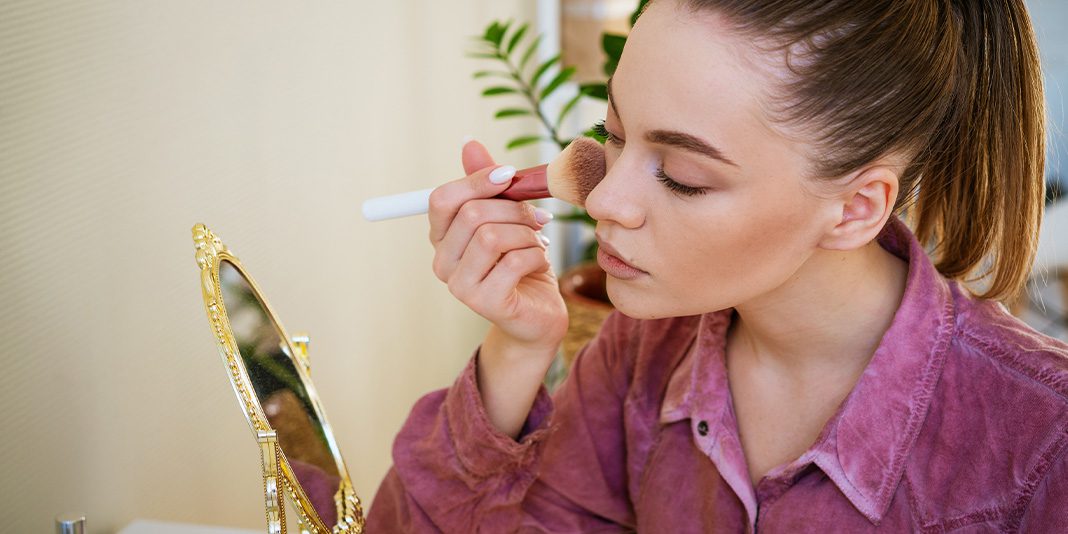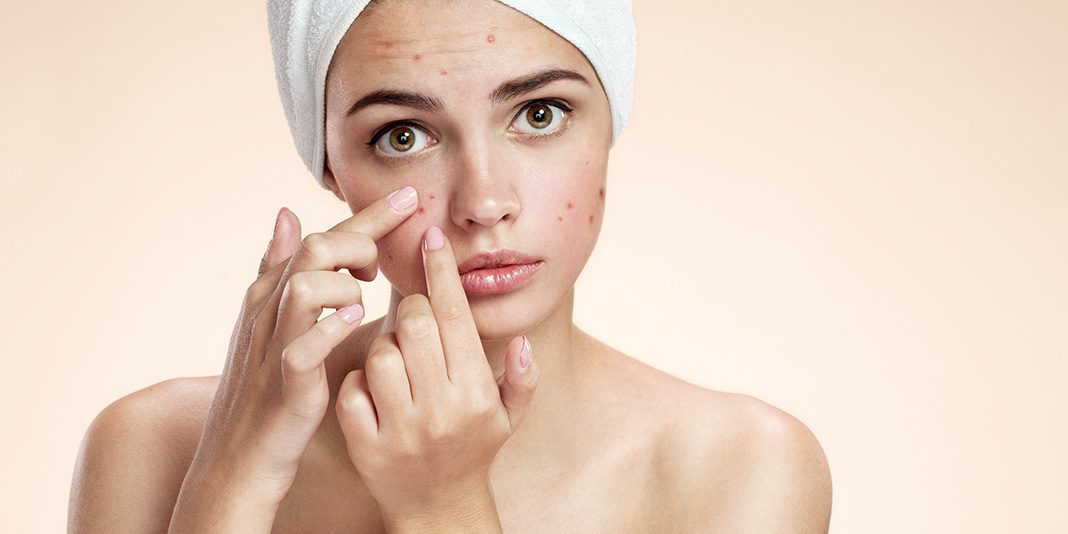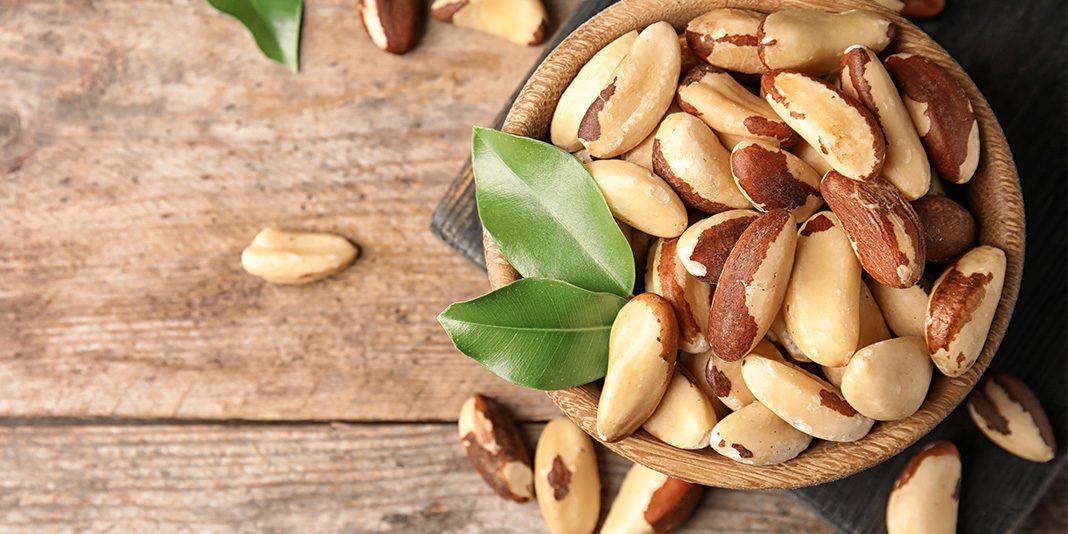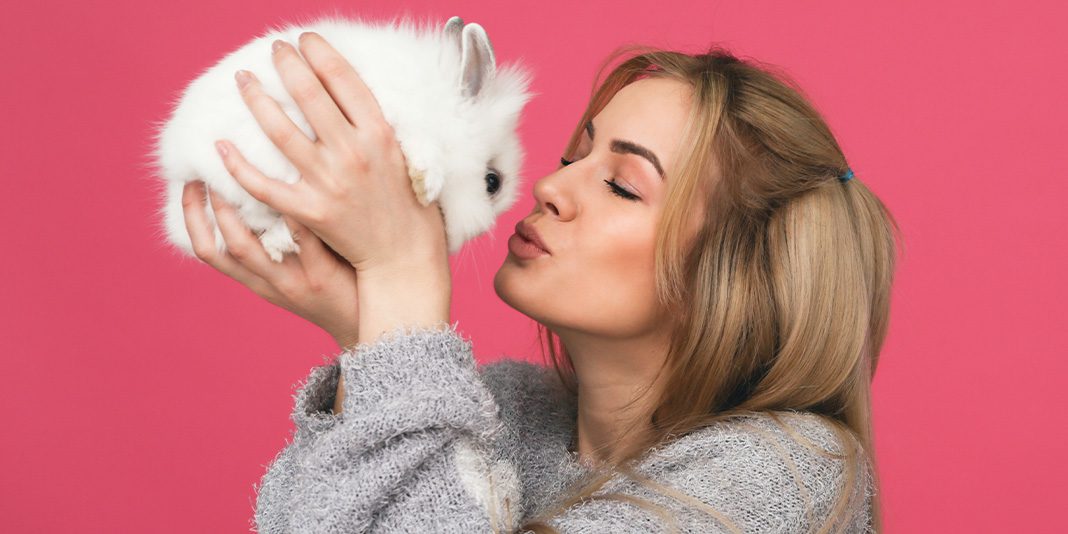Like many Indians of his generation, Niraj “Raj” Patel, M.D., a collaborator on the book “The Healthy Indian Diet,” grew up in a household that banned ghee—clarified butter that had been a staple of an Indian diet for centuries and was always an integral part of the ancient medical practice Ayurveda.
Unless it was for very special occasions, ghee was a no-no—a victim, as it were, of the generalized, worldwide war on fats. But as science has evolved and shown that fat is less likely to cause heart disease and diabetes than previously believed, ghee is once again coming into the spotlight, Dr. Patel says, among Indians and a wider number of Americans. In fact, it’s even used in some cleanses, such as The Whole30 Program.
“Science has shown us that it isn’t really the amount of fat in a diet that’s a culprit of heart disease and diabetes, it is the high amount of carbs,” he says. “Basically, more research has shown that the link between saturated fats and heart disease is much more tenuous than it was believed it to be. There’s a growing body of research that has shown that a high carb diet is more linked to heart disease than the high fat connection, except for trans fat.”
Ghee is butter made from organic cow’s milk that is melted over a low heat and allowed to simmer until all of the milk solids are gone and the milk proteins that are the culprit of dairy allergies in many people are also removed. The removal of these milk proteins is what makes ghee the choice over butter in cleanses. The spread is best when it’s handmade in small batches, notes Amy Keller, a nutritionist and national educator for Organic India, whose made-in-India ghee is becoming more popular here in the U.S., and it has to be made at the right temperature: “It should not be rapid boiled, because this is what makes the oils rancid, and it’s not good to be eating rancid oils,” she says.
Ghee is full of vitamins A, D, E and K, which are fat-soluble, meaning they have to be digested with other fat molecules in order for these vitamins to make it into our bloodstream, according to Patel. It is the dietary fats in the ghee, in particular the saturated fats, that make our bodies absorb and make use of these vitamins, he says.
Unlike other oils and fats that break down under high heat and release free radicals, ghee has a high smoke point, Patel says, so it doesn’t release free radicals that can damage cells, making it an ideal cooking oil or replacement for butter. Ghee is also high in conjugated linoleic acids (CLAs), which are fatty acids that fight against free radicals. Studies have shown that CLAs are not only vital to weight loss, but they are also increasingly being studied for their anti-cancer properties, notes Patel.
“Another area that we’re starting to see more information on is that ghee contains butyrate, which is extremely important for the health of your colon,” Keller says. “Butyrate is a fatty acid that can reduce intestinal inflammation, so ghee would be one of the best foods for intestinal health and strength.”Curious to try ghee in place of regular old butter? In addition to Organic India’s ghee, there are several other brands on the market, including Purity Farm Organic Ghee, Swad Ghee, Laxmi Pure Cow Ghee, and Vrindavan Pure Cow Desi Ghee. READ MORE: The 3 Hottest Superfoods to Eat This Year
READ MORE: The 3 Hottest Superfoods to Eat This Year


